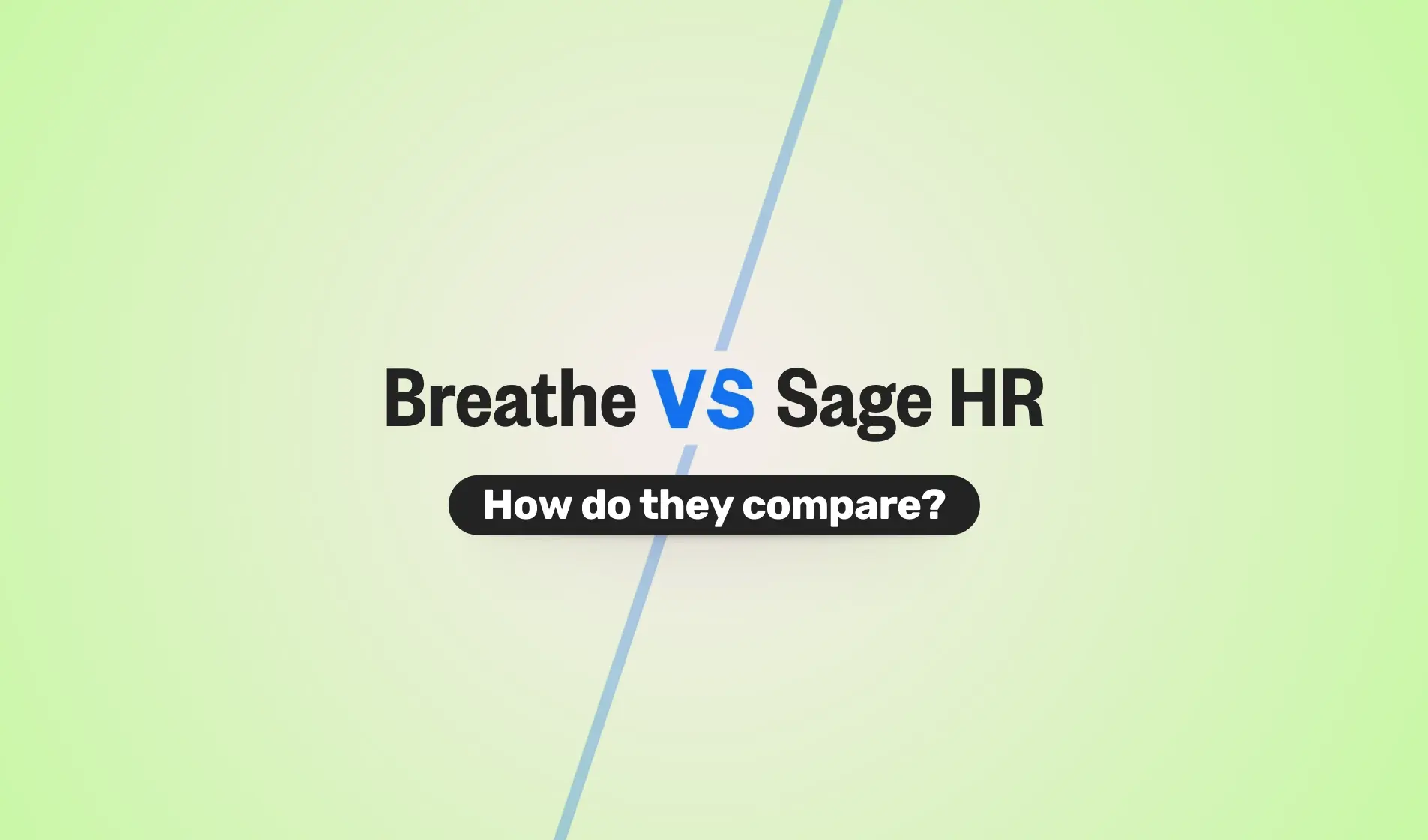Making staff redundant is a difficult task but may be essential for the survival of your business. Whether it’s in reaction to a change in the market, because technology has made jobs obsolete or because you’re closing or restructuring your business, letting valued members of staff go is difficult.
If you need to make redundancies, making sure you understand redundancy pay and entitlement makes things easier.
Your confidence in the subject will be reassuring for staff and you’ll make it easier to keep your business on the right side of employment law. It can also mean a more amicable parting with employees who are made redundant.
What is redundancy pay?
Redundancy pay is a payment you make to workers who have lost their jobs. It is essentially compensation for the loss of work and is there to act as a cushion between paid employment with you and their next job.
Not everyone is entitled to redundancy pay. What’s more, an individual’s entitlement to redundancy pay depends on their age and length of service.
Statutory redundancy pay
Statutory redundancy pay is worked out on the basis of age, weekly pay and length of service. Employees are entitled to:
- 0.5-week’s pay for each full year of service under the age of 22
- 1-week’s full pay for each full year of service over 22 and under 41
- 1.5-weeks' full pay aged 41 and over.
The amount your employees are entitled to is capped at 20 years. The maximum weekly amount is capped at £643 (£669 in Northern Ireland) and the maximum amount of statutory redundancy pay is £19,290 (£20,070 in Northern Ireland).
Redundancy pay is not subject to tax or national insurance up to £30,000. However, holiday pay or payment in lieu of notice as part of any redundancy package will be taxable.
How do you calculate redundancy pay entitlement?
Because redundancy pay entitlement is worked out on the basis of age, weekly pay and length of service, you need to carry out a series of calculations, with different inputs for each individual. Here are two examples:
David is 38 and has worked for your company for ten years and three months. This means he is entitled to 10 weeks’ pay.
He works a 40-hour week and earns an annual salary of £20,000 which equates to a weekly amount of £387.62. His redundancy pay will be £5039.10.
Katie is 24 and has worked for your company for three years from the age of 21 to 24. This means she is entitled to 2.5 weeks’ pay. You would calculate this as 0.5 weeks for when she was under 22 and 1 week for each year when she was 22 and over.
She also works a 40-hour week and earns £20,000 but is only entitled to 2.5 weeks' pay which equates to £969.10.
.jpg?width=600&name=employee%20leaving_turnover_firedshutterstock_604989299%20(1).jpg)
Protections from redundancy
As of 6th April 2024, the Protection from Redundancy (Pregnancy and Family Leave) Act 2023 will come into effect. This widens the redundancy protections for pregnant employees, those on maternity leave, shared parental leave (for a certain period) and adoption leave.
As of April, pregnant employees will be prioritised for redeployment offers in redundancy situations from the point where they inform their employer of their pregnancy, until 18 months after the birth of their child. (This applies to employees who notify employers of their pregnancy on/after 6th April 2024, and for maternity leave ending on/after this date).
Employees on adoption leave are prioritised for redeployment offers in redundancy situations from their first day of adoption leave until 18 months after the date of the child's placement.
If shared parental leave is more than 6 weeks (continuously), the employee is eligible for redeployment prioritisation in redundancy situations for 18 months after the child's date of birth.
Redundancy pay entitlement for flexible working employees
If your employees work irregular hours or shifts, their redundancy pay entitlement is different. You must work out the average number of hours over the last 12 weeks and use that to calculate their average weekly pay.
Our redundancy pay calculator makes the admin involved with redundancies easier, especially if you are making several positions redundant.
Why do some companies pay extra redundancy pay?
As well as the statutory entitlement, you can decide to offer redundancy pay over and above what is legally required. You can also choose to shorten the qualifying period to less than two years.
Companies may do this as a way of benefitting their employer brand both during redundancies and whilst recruiting. If an employee knows they’re entitled to more than statutory redundancy, they may feel more positive about their employment.
Additional redundancy pay should be written into the employment contract so it is clear from the outset what your staff will be entitled to if they are made redundant. It’s not something an employer can decide on an ad-hoc basis.
How does voluntary redundancy work?
Voluntary redundancies can feel like an easier option for some employers. In this case you can ask workers to opt for voluntary redundancy. In this instance, the pay-out you offer will likely be larger than what you are legally obliged to make.
Who is not entitled to redundancy pay?
You don’t have to pay redundancy pay if you subsequently offer to keep an employee on or if you offer them suitable alternative work which they refuse without good reason.
Employees who have handed in their notice on their own terms or who are retiring are not entitled to redundancy pay either.
What happens if my business cannot pay redundancy?
If you have serious cash flow problems and redundancy payments would jeopardise the future of your business, you can ask the Redundancy Payments Service (RPS) to make the payments directly to your employees.
If your business is already insolvent, the payments will be made from the service and eventually recovered from any assets your business owns.

Author: Laura Sands
Laura is a writer who enjoys getting into the detail of subjects and sharing that knowledge with snappy, interesting content. When not typing away, she enjoys walks in the woods and curling up with a good book and mug of something hot.




